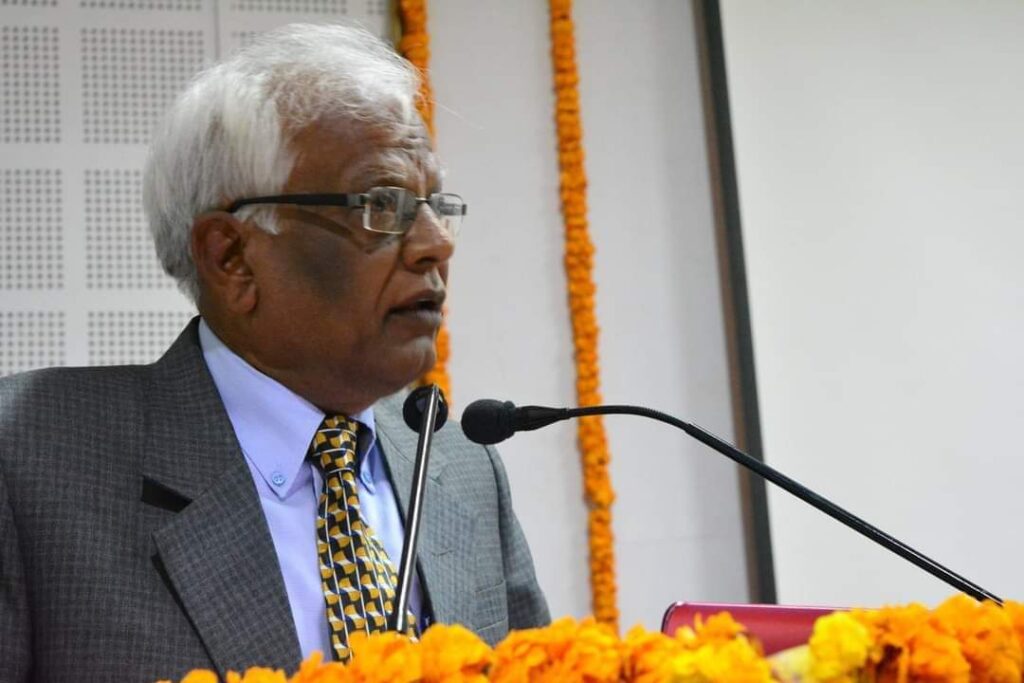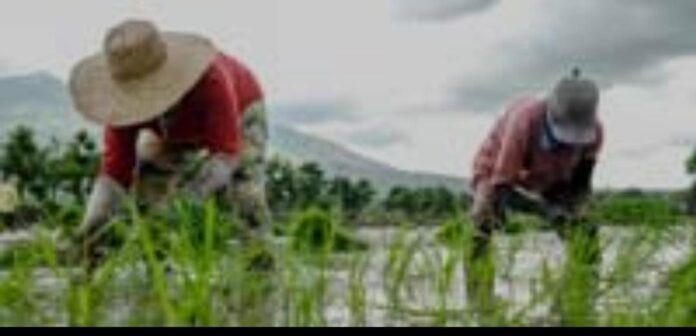
Prof. Jaikant Tiwari
The structure of rural society has undergone significant transformations, reflecting major shifts in both agricultural and non-agricultural sectors. This shift signifies a reconfiguration of the entire rural formation, moving away from traditional agrarian subsistence to a more complex and diversified economy. The transition of rural society, particularly in the post-independence era, reveals varied patterns across different regions. While capturing all such variations is challenging, some overarching trends stand out prominently. One of the most significant changes has been the transition from a subsistence-based agrarian society to a market-oriented agricultural sector, facilitated by technological advancements, mechanization, and policy-driven integration into the national economy.
The introduction of modern technology, including high-yield variety (HYV) seeds, chemical fertilizers, and irrigation advancements, has radically transformed traditional farming practices. The Green Revolution of the 1960s played a crucial role in boosting agricultural productivity, particularly in states such as Punjab, Haryana, and western Uttar Pradesh, where wheat and rice production soared. However, the benefits of this transformation were unevenly distributed, exacerbating regional disparities in agricultural growth. While Punjab’s wheat yields increased from approximately 1.23 tons per hectare in 1965 to over 4.5 tons per hectare in 2020, states such as Bihar and Odisha lagged behind, reflecting structural inequalities in access to technology and infrastructure.
Another critical transition has been the emergence of a complex network of associations and institutions that play a crucial role in rural governance and economic activities. Cooperatives, self-help groups (SHGs), and farmer producer organizations (FPOs) have become essential intermediaries between rural producers and markets. The role of external influences, including corporate agribusinesses and non-governmental organizations (NGOs), has further reshaped the landscape. The rise of contract farming in states such as Maharashtra and Andhra Pradesh indicates a shift in agricultural production from small-scale subsistence farming to commercialized, large-scale production driven by agribusiness firms. However, the consequences of such models have been debated, as contract farmers often face challenges such as price volatility, exploitative agreements, and loss of autonomy over production decisions.
The emergence of power blocs within rural society has also defined the contemporary agrarian landscape. The dominance of new rich peasants and intermediate castes in rural politics has significantly altered the dynamics of governance. The rise of caste-based political movements, particularly in states like Tamil Nadu and Uttar Pradesh, has reinforced the influence of dominant agrarian groups in shaping policy decisions and accessing state resources. The Jat agitation for reservations in Haryana and the Patidar movement in Gujarat underscore the evolving demands of these communities, which seek greater political representation and economic opportunities beyond traditional farming.
State intervention in rural development has been another crucial factor shaping rural transformation. Policies such as the Mahatma Gandhi National Rural Employment Guarantee Act (MGNREGA), launched in 2005, have provided a safety net for rural workers by guaranteeing 100 days of wage employment annually. Data from the Ministry of Rural Development shows that MGNREGA employed approximately 77.6 million households in 2022-23, with an average of 45 days of employment per household. However, the effectiveness of such measures remains contested, as wages often remain below market rates, and fund allocations vary significantly across states.
The transition in the mode of production from pre-capitalist subsistence farming to capitalist farming has led to a decline in the demand for agricultural labor. The Agricultural Census of 2021 highlights a steady decline in the average landholding size, from 2.28 hectares in 1970 to 1.08 hectares in 2020, signifying the growing fragmentation of land. This has led to increased rural-urban migration, with the Periodic Labour Force Survey (PLFS) 2021 reporting that over 37% of the rural workforce is now engaged in non-agricultural sectors, primarily in construction, trade, and informal employment in urban centers.
Rural transformation has also been characterized by the increasing commercialization of agriculture, leading to the demand for higher Minimum Support Prices (MSP). Farmers’ protests in recent years, particularly the 2020-21 agitation against farm laws, highlighted the persistent struggle for guaranteed pricing and market security. The Swaminathan Commission (2006) recommended an MSP at least 50% above the comprehensive cost of production (C2), yet many farmers continue to receive prices below this threshold, leading to mounting agrarian distress.
Despite development initiatives, rural inequality remains pronounced, particularly in terms of land ownership and income disparities. The National Sample Survey Office (NSSO) data indicates that the top 10% of rural households own over 50% of agricultural land, while the bottom 50% own less than 10%. This skewed distribution perpetuates cycles of poverty and indebtedness among small and marginal farmers, pushing many towards informal credit sources, often at exorbitant interest rates. Rural indebtedness, as per the All India Debt and Investment Survey (AIDIS) 2019, stands at 57.5% among agricultural households, with an average debt of Rs. 74,121 per household.
The challenges of rural transformation also extend to governance structures, where participatory democracy remains limited. Gram Sabha meetings, intended to serve as platforms for direct democracy, often witness low participation rates. The Ministry of Panchayati Raj reported in 2023 that only 42% of Gram Sabha meetings achieved quorum, raising concerns about the effectiveness of grassroots decision-making processes. Strengthening local governance mechanisms is crucial to ensuring that rural communities have a meaningful role in shaping policies that affect their lives.
Natural resource management and environmental sustainability pose additional challenges. The over-extraction of groundwater, particularly in northwestern states, has led to alarming depletion levels. The Central Ground Water Board (CGWB) estimates that nearly 36% of assessed units are over-exploited, with states such as Punjab and Haryana experiencing groundwater table declines of over 1 meter per year. Sustainable agricultural practices, including crop diversification and organic farming, are being promoted as alternatives, but their adoption remains limited due to economic constraints and lack of awareness.
Access to quality education and healthcare also remains a pressing issue in rural India. The Annual Status of Education Report (ASER) 2022 found that while school enrollment rates have improved, learning outcomes remain poor, with only 26.5% of Class 5 students able to read a Class 2-level text. Rural healthcare infrastructure is similarly inadequate, with a doctor-to-population ratio of 1:10,926 in primary health centers, far below the World Health Organization (WHO) recommendation of 1:1,000. The shortage of medical professionals, lack of facilities, and high out-of-pocket expenses continue to hinder rural healthcare accessibility.
The myth and reality of rural transformation, therefore, remain subjects of deeper examination. While developmental interventions have improved certain aspects of rural life, persistent challenges related to labor productivity disparities, commercial agriculture, social inequalities, governance inefficiencies, and environmental sustainability must be critically addressed. A comprehensive rural transformation strategy must go beyond mere economic indicators to ensure equitable growth, social justice, and sustainable development. Only then can the true potential of rural India be realized in the evolving socio-economic landscape.
(Author is retired Professor of Sociology, Banaras Hindu University, specializes in sociological research and academic discourse. He can be reached at jktiwarybhu@gmail.com.)


